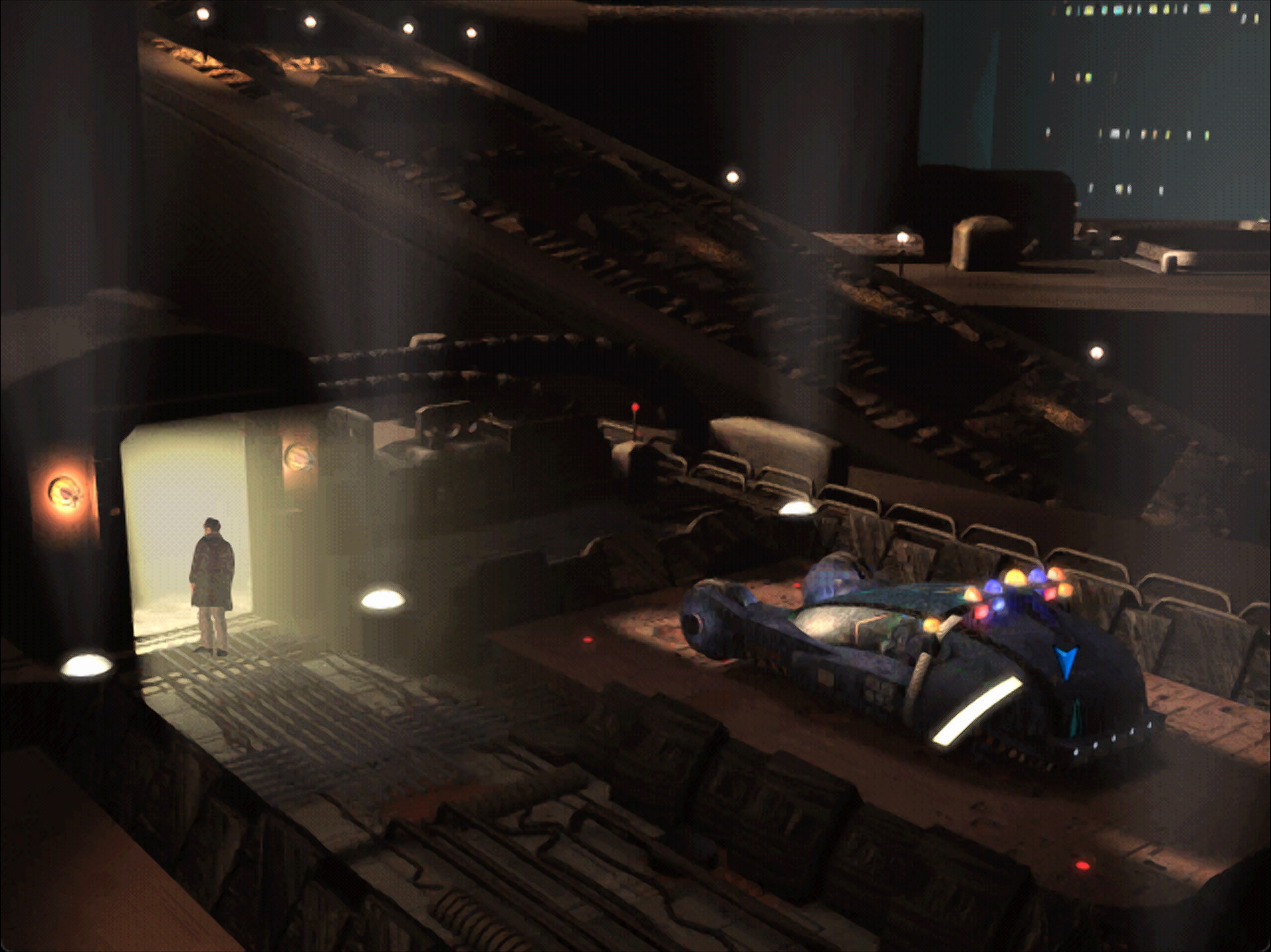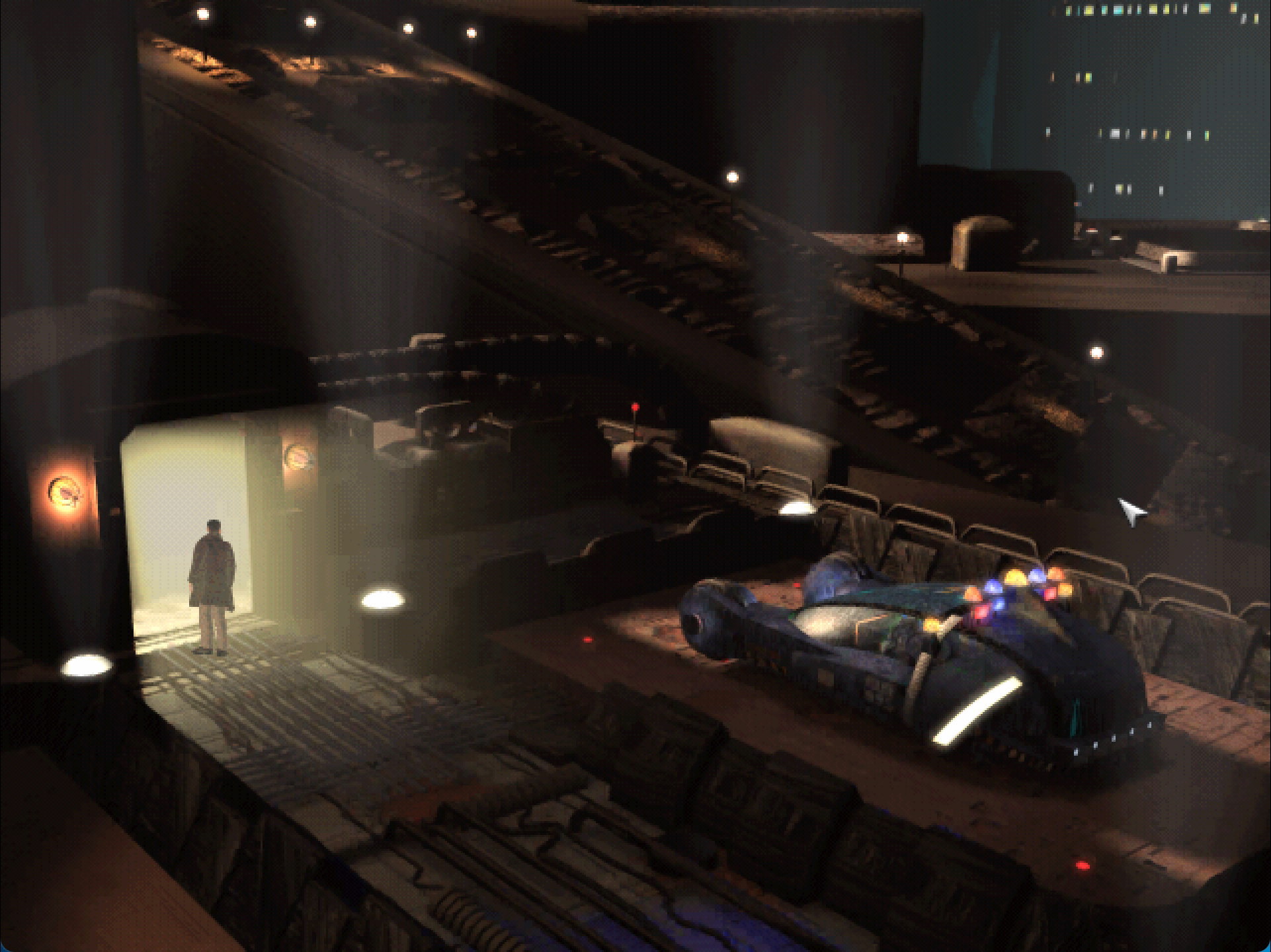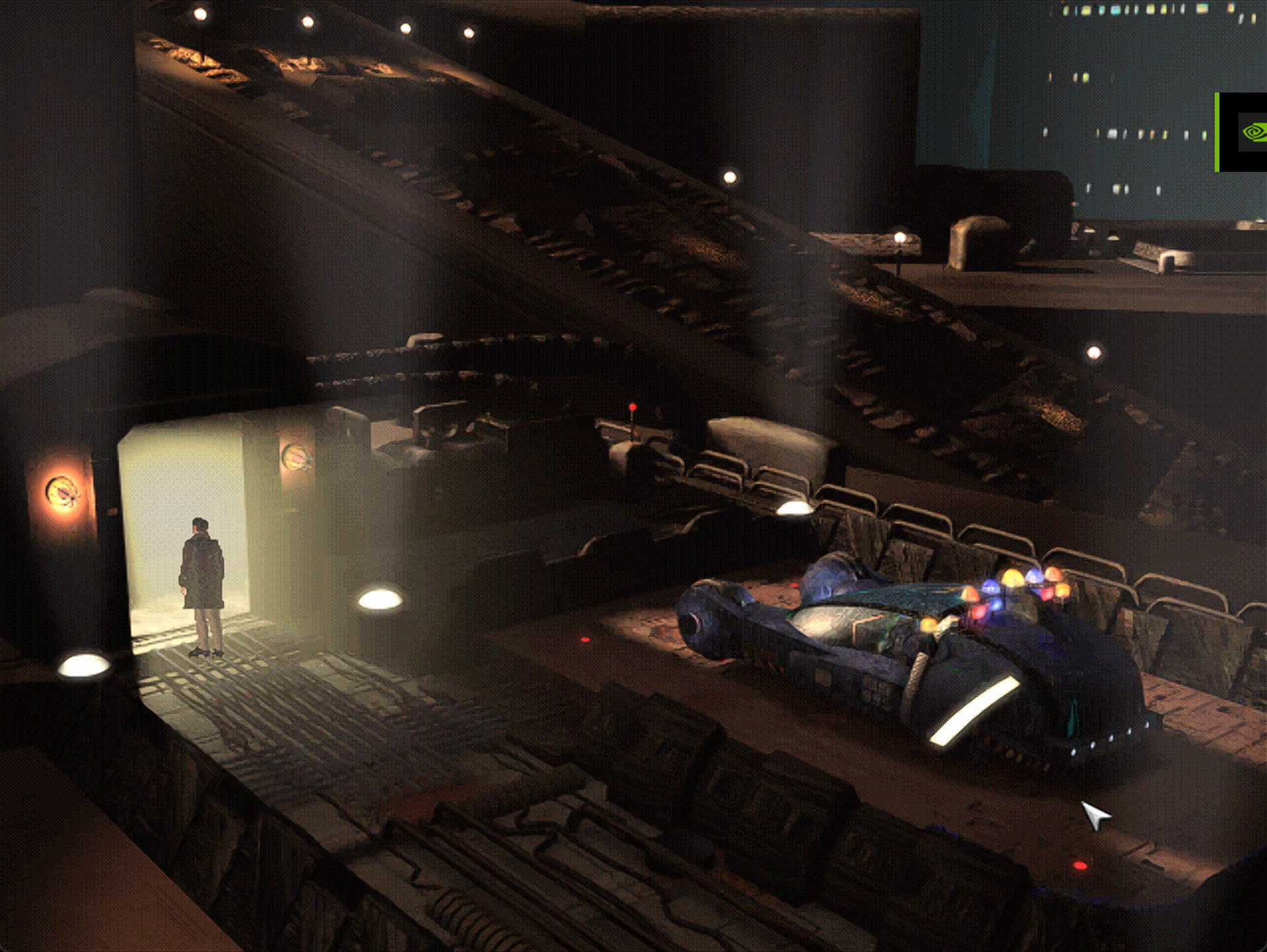Flax "Open Source" 3D Engine has now FSR integrated via plugin
Flax 1.2 released
GitHub - FlaxEngine / FidelityFX-FSR
Flax 1.2 released
GitHub - FlaxEngine / FidelityFX-FSR
Last edited:
It is a fact no matter how you'll want to spin it. You get basically the same result as you'd get from system level FSR integration.New It isn't a well known fact because it isn't a fact at all.
It is the only algorithm used for upscaling. You can add any sharpening on top of it on Nv GPU to get the second algorithm used in FSR as well. No idea what "fixed parameter" means.The Lanczos kernel is neither a fixed parameter equation, nor is it the only algorythm used in FSR.
NopeIt is a fact no matter how you'll want to spin it. You get basically the same result as you'd get from system level FSR integration.
NV is using simple sharpening filter.It is the only algorithm used for upscaling. You can add any sharpening on top of it on Nv GPU to get the second algorithm used in FSR as well. No idea what "fixed parameter" means.
Yeah, 5-tap gives better quality. But the results are close enough anyway because the algorithm is the same.Nope
5-tap Lanczos filter used by NV scaling method integrated in drivers doesn't provide the same result as EASU which is based on modified 2-tap Lanczos etc.
Nv isn't using anything. A user may use about a dozen or so sharpening filters through drivers, GFE and Reshade, including CAS.NV is using simple sharpening filter.
Yeah, but 5-tap is also much more prone to artifacting etc.Yeah, 5-tap gives better quality. But the results are close enough anyway because the algorithm is the same.
The fact that you can get a similar in IQ upscaling in any game on Turing+ Nv GPUs via a driver option isn't well known however.
Yeah, well, I consider a system level upscaling of the same variety a close enough solution really since from my own testing so far FSR basically sucks in IQ at any level and I would use it only when there is no other option of improving performance but to lower the resolution - FSR is better than just bilinear upscaling. But this is exactly what GPU scaling on GF does - upscales the lower resolution to your monitor one with Lanczos. Yes, the engine side integration is better since it doesn't affect HUDs and is (presumably) tuned for the game. But since it sucks anyway and is a last resort in getting the performance you want a driver level option is basically the same here (worse artifacting and more user setup needed but compatible with most games from the get go) - and AMD should think about adding it into their drivers really.The whole reason why I mentioned that "NV/AMD is using" was because you came with that first
Sharpening filters in CP and in Freestyle are both contrast adaptive.NV is using simple sharpening filter.
Maybe some games are locked to original PS3 resolution? Upscaling them to a modern display with FSR may be an interesting option at least.Curious as to why you'd need it on a PS3 emulator though... Emulators generally take a lot of CPU power but very little on the GPU front.
Curious as to why you'd need it on a PS3 emulator though... Emulators generally take a lot of CPU power but very little on the GPU front.
Curious as to why you'd need it on a PS3 emulator though... Emulators generally take a lot of CPU power but very little on the GPU front.
DOSbox has several "HQ" res upscalers for many years now. They all look bad IMO and the best one is simple integer with no filtering.

Could you do comparison shots with other scaling options from same scene?
Interesting results. (FXAA+FSR)
Could you do comparison shots with other scaling options from same scene?



Trying to make edges to look sharper on 8bit palette gradients and sharpening filter may both contribute.FSR seems to increase Posterisation?
Tuesday, 10 August 2021 9 am - 12 pm PDT | Virtual Conference
...
9:15 am PDT
Improved Spatial Upscaling through FidelityFX Super Resolution for Real-Time Game Engines
Timothy Lottes (Unity Technologies)
Kleber Garcia (Unity Technologies)
...
